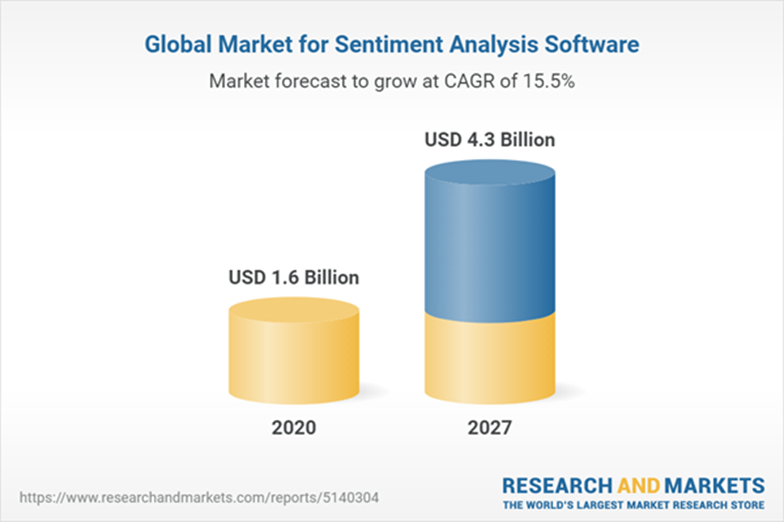Personality Trait Recognition Solution Using Machine Learning — Overview
· Sentiment analysis is a machine learning tool that analyses texts or tweets from a person. These texts or tweets can be vastly classified into positive, Negative, or Neutral based on the core sentiment
· By Feeding Training to machine learning tools with examples of emotions in text, Tweets that machines automatically learn how to detect sentiment without human input.
· But to further understand a person’s Personality deeply, the classification must be based on real-time and more defined sentiments like Happiness, Sadness, Anger, Hate, Confused, etc.
· Recent-day sentiment analysis approaches are classified into three types knowledge-based, statistical, and hybrid
· Hybrid approach analysis models are the most modern, efficient, and widely used approach for sentiment analysis.
Benefits of Sentiment Analysis
· Easily identify customer sentiments.
· Improve the quality of service.
· Identify customer emotional triggers.
· Realtime indicators of customer emotion.
How have We Implemented Personality Trait Recognition Solution Using Machine Learning?
Solution Overview
· Inside every tweet resides an explicit and implicit emotion. These tweets can be vastly classified into either Positive, Negative or Neutral based on the core sentiment.
· But to further understand the Personality of a person deeply, the classification must be based on real-time and more defined sentiments like Happiness, Sadness, Anger, Hate, Confused, etc.
· The contents of the tweet are pre-processed, and irrelevant data are dropped.
· The tweets along with their respective sentiment labels are split into Train and Test sets are then passed into 3 models, namely Universal Sentence Encoder (USE), LSTM and doc2vec model.
· The performance analysis is done on the models, and it is concluded that the USE model works the best among the available options.
Technology
Market Size: Sentiment Analysis
The global market for Sentiment Analysis Software estimated at US$1.6 Billion in the year 2020, is projected to reach a revised size of US$4.3 Billion by 2027, growing at a CAGR of 15.5% over the analysis period 2020–2027.




